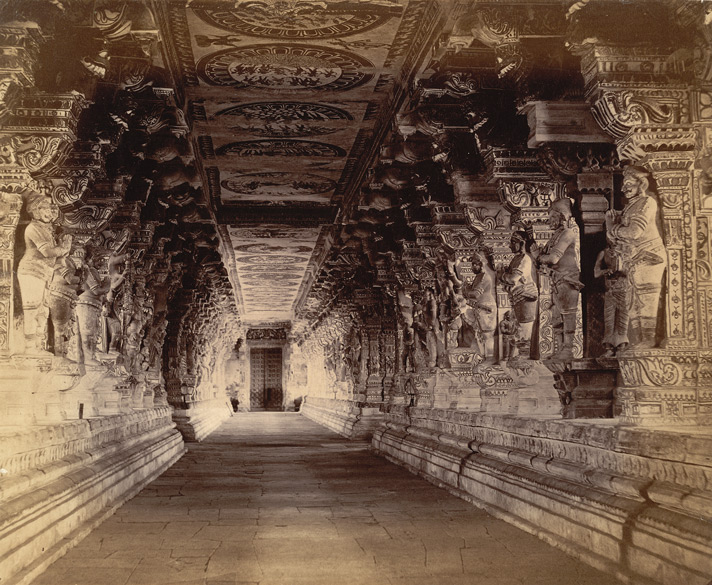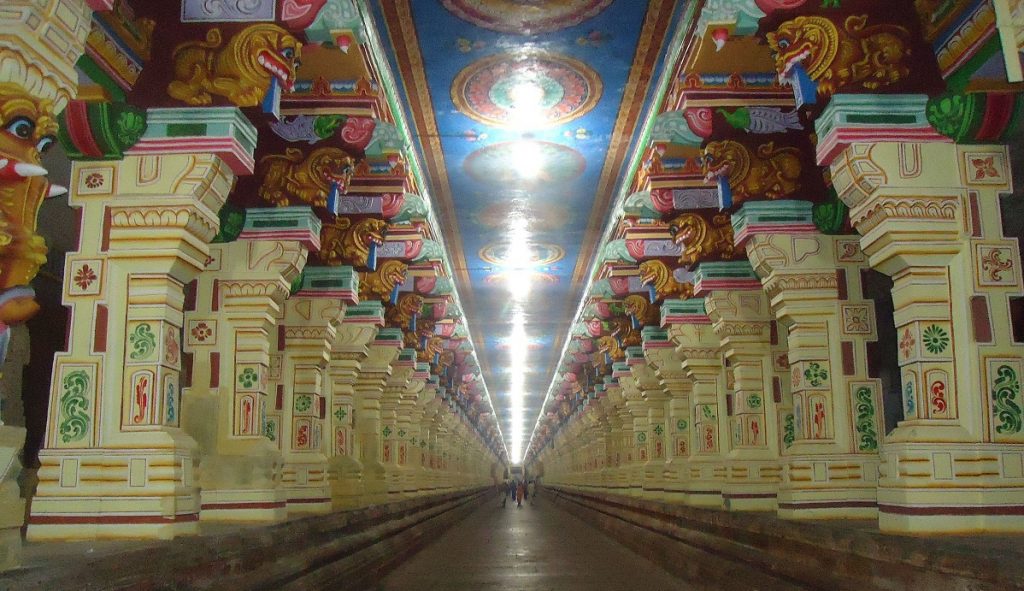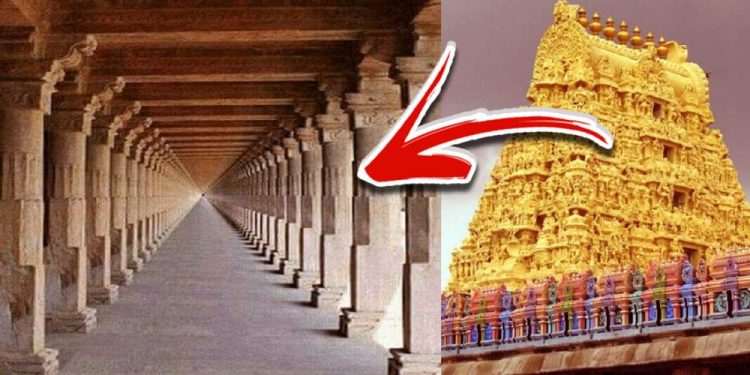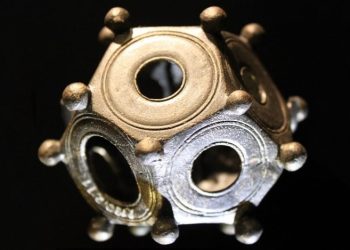Have you ever heard about the infinity corridor? Located in Rameswaram India is a Hindu temple dedicated to the god Shiva. The Ramanathaswamy Temple is one of the twelve Jyotirlinga temples. It is located on the sacred Hindu island of Rameswaram and is connected to the mainland via a causeway. The Ramanathaswamy Temple is home to the longest corridor among all Hindu temples in India, home to more than 1000 intricately carved pillars in one corridor alone.

The temple complex is located inside high walls and accessed through tall towered gopuras on the sides. These passageways lead to a massive collonade surrounded by the intermediate enclosure. The colonnade has over 4000 carved granite pillars and measures 205 m (671 ft) on the north and south sides. The primary deity of the Ramanathaswamy temple is Shiva in the form of lingam.
The temple’s history is directly related to the story of Rama of the Ramayana epic. Legend has it that the temple was erected where a lingam (an abstract representation of Shiva) of sand was erected. According to ancient legends, Rama prayed to the god Shiva to absolve him of the sin he committed during his war against the Ravana in Sri Lanka.
Rama wanted to have a large lingam to worship the god Shiva. Therefore, he directed the lieutenant in his army to bring a lingam from the Himalayas. As his lieutenant was delayed in bringing the lingam, Sita, the wife of Rama, built a small lingam out of the sand in the seashore. This precise lingam is believed to be the one that is today located inside the temple. The temple is famous for its two massive towers (Gopurams), one to the east and one to the west.

The infinity corridor in details
Like all temples located in the South of India, the Ramanathaswamy temple too features a high compound wall on all fours side of the temple’s premises. It measures 865 feet furlong from east to west and one furlong of 657 feet from north to south with huge towers to the east and the west and finished gate towers to the north and south. The temple’s most prominent features are perhaps its corridors. There are three corridors in total.
One in its interior runs between huge colonnades on platforms around five feet high. The second corridor, perhaps the most impressive, was crafted with sandstone pillars. The outer corridor is considered the longest in the world. It measures nearly seven meters in height, 400 feet each in the east and west, and about 640 feet in the north and the south. The inner corridors of the temple are approximately 224 feet each in the east and the west and around 352 feet each in the north and the south.

The infinity corridor, a work of art
As noted by Ramamurthy in the book ‘Engineering in Rocks for Slopes, Foundations, and Tunnels, ‘their width varies from 15.5 feet to 17 feet in the east and west, about 172 feet on the north and south, with width varying from 14.5 feet to 17 feet.
This results in a total length of 3850 feet in the corridors. There are 1212 pillars built in the outer corridor. Their height is about 30 feet from the floor to the center of the roof. Each of the pillars in the corridor is found to be intricately carved with various depictions and symbols.

The temple itself started off as a thatched hut. But in the centuries that followed, different parts of the temple were erected and commissioned by rulers of the island where the temple now stands. Parakramabahu I, a king of Polonnaruwa, constructed the outer sanctum around the temple during the 12th century.
Have something to add? Visit Curiosmos on Facebook. Join the discussion in our mobile Telegram group.











